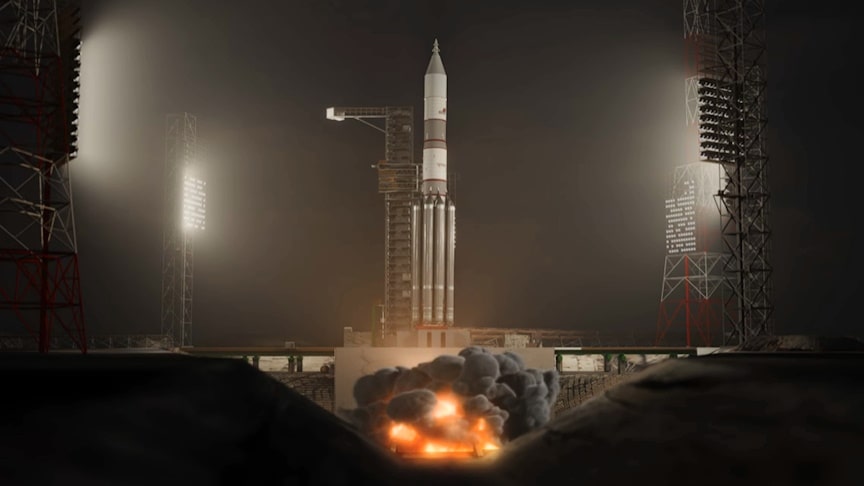The Energia Vulkan design was the largest of the Energia concepts with eight Zenit booster rockets and an Energia-M core as the upper stage, the Vulkan (which shared the name with another Soviet heavy lift rocket that was cancelled years earlier) configuration was initially projected to launch up to 200 metric tonnes into 200 km orbit with inclination 50.7°.
source.image: Hazegrayart
The development of the Vulkan and the refurbishment of Universal Test Stand and Launch Pad at site 250 for its launches was in progress between 1990–1993 and abandoned soon after due to a lack of funds and the collapse of the Soviet Union.
The Energia used four strap-on boosters each powered by a four-chamber RD-170 engine burning kerosene/LOX, and a central core stage with four single-chamber RD-0120 (11D122) engines fueled by liquid hydrogen/LOX.
Advertisement
The launch vehicle had the capacity to place about 100 tonnes in Low Earth orbit, up to 20 tonnes to geostationary orbit and up to 32 tonnes by translunar trajectory into lunar orbit. The launch vehicle made just two flights before being discontinued. Since 2016, there have been attempts to revive the launch vehicle, reusing an updated version of its booster engine in the Soyuz-5 rocket.











